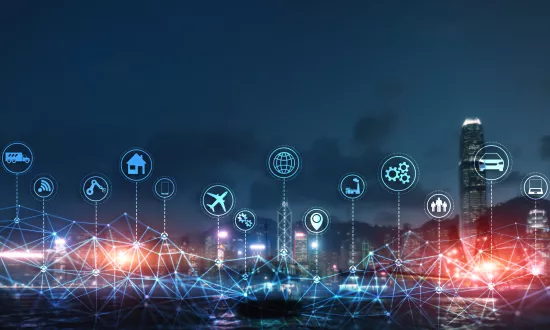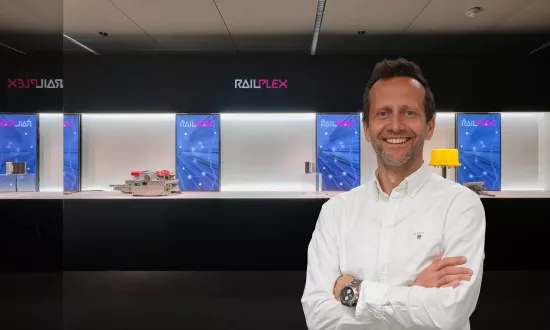Solutions for the future of multimodal transport
COVID-19 pandemic has hit the railway sector hard. Decrease in passenger demand is one of the main consequences of this crisis, caused by the interruption of commercial and social life and the increase in teleworking, together with the fear of contagion. But even when people return to their jobs, and get back to their day-to-day plans, uncertainty will be a maxim over new travel models. Will they ever reestablish and return to pre-health crisis levels?
Monitoring, auditing and predicting passenger flow traveling through the network are valuable tools to guarantee passenger comfort and to achieve a more efficient management of resources. The technology is able to adapt the transport offer to the new local regulations and to the passengers demand which are very changing in periods of crisis, enabling the management of rail traffic, increasing or decreasing the frecuency of trains. Passengers are automatically informed through different channels: screens, web, loudspeakers, etc. Anticipation is key, not only to avoid crowds, but also unnecessary movements of citizens and transport staff, as well as costs savings for the operator.
Thales solutions, based on big data analysis platforms, are already available in some of the most relevant transport networks worldwide, allowing optimal management of resources and guaranteeing the safety of travelers through advanced solutions.
"The problems resulting from the COVID crisis in the transport sector pose a challenge that must be addressed from a multimodal concept, with a special focus on passenger care," explains Jose Luis Arana, commercial manager for transport.
This is possible thanks to Traffic Management Systems which detect missed connections that would oblige many passengers to wait at stations. Simulations and forecasts make possible to coordinate departures, only when the destination has secured the necessary connections.
The system performs a metric assessment (KPI) based on occupancy status to improve transportation planning. All the information collected, helps the operator to carry out simulations that will result in a better planning, scheduling and forecasting, as well as cost savings. Intermodal traffic can synchronize connections with digital interfaces. In this way, passengers will have more information, powered by reliable and validated data.
Adjusting times to increase or decrease the number of trains, as well as avoiding the crowding of people at stations, platforms and trains is essential, but also being able to reduce operating convoys and plan sanitation periods between train shifts to comply with the sanitary measures. Changes in schedules automatically coordinated with passenger information, as well as via web at the stations.
Thales has digital solutions like NAIA specifically designed to understand passengers travel. By using ticket acquisition and entry and exit barriers data, the application executes a unique algorithm to recreate each passenger's journey on a network. The information acquired in this process is used to calculate passenger experience performance based on three main performance indicators: waiting time, platform and train occupancy.
This crisis should serve to achieve a multimodal network corridor for the entire European Union that allows the rapid and easy transport of people and goods, moving away from an approach based on individual priority projects, to a multimodal network which includes all means of transport.
Door-to-door “contactless travel” without interruptions or barriers through various means of transport is more necessary than ever, for this purpose, automatic boarding by facial verification with biometric technology avoids the manipulation of transport tickets and therefore the contagion, it can be integrated with different operators in airport transport transits, providing greater ease, security and decongestion for the multimodal transport system.
This “contactless journey” is possible thanks to Thales' biometric FRP (Face Recognition Platform) solution, already in a pilot phase at Madrid-Barajas Adolfo Suárez Airport, one of the most crowded worldwide. Undoubtedly, a solution that can also be used in train stations, since two priority objectives are achieved at this time: health security of travelers and staff, as well as the improvement of the travel experience.
“Contactless trip” helps to increase the perception of safety in the transits and the recovery of the activity in restoration and purchases is promoted.
The challenges rose up by the health crisis are important. There is no doubt that new models must be implemented in the use of transport, minimizing contact, but not only between passengers but also among them and the infrastructure itself, also promoting the use of mobile applications for access, as well as automatic doors.
New ways of operating will be required to reduce costs and increase capacity. Greater automation will allow transport operators and infrastructure managers to achieve these goals, but we must not forget that travel must be safe as well as comfortable for passengers, restoring their confidence is more necessary than ever.


